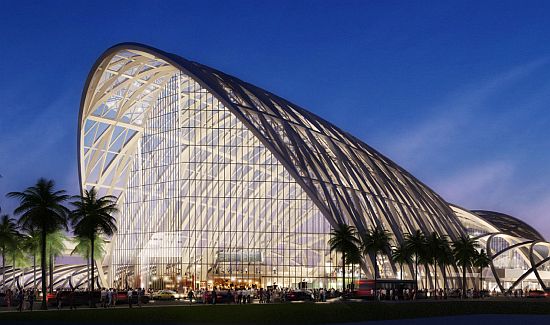TP2000
Well-Known Member
Last I heard was they changed the California High Speed Rail Business Plan. The train will not stop at Aneheim as originally planned. It will now end in LA instead.
Also, can someone explain the strange "inland" route of the HSR. Why does it start on the coast up north and then goes east inland before going south and then going west to the coast again? Would a more direct coastal route have made more sense?
No, the High Speed Rail still terminates in Anaheim. The entire project is a disaster however (SHOCKING! that a bloated government project could go so wrong!?!
But it still ends in Anaheim. Anaheim is building a massive new train station right now for it, although it will primarily handle just Amtrak and Metrolink trains since I highly doubt a bullet train will ever be built anywhere in California. Good thing the existing Anaheim train station is already one of the busiest in California, and thus a very busy station when ranked nationally with 600,000 passengers traveling through the existing (and ugly) Anaheim station annually, a chunk of whom are headed to Disneyland.
Compare that to the 145,000 passengers that use Orlando's Amtrak station annually very few of whom are WDW tourists, and consider that the Anaheim station is relatively close to Disneyland and would be connected via this new streetcar gizmo, and they will probably be able to save some face in Anaheim when their lavish new train station opens next spring without a bullet train in sight.
Anaheim Train Station - Opening 2014 (Bullet Train To San Francisco Not Included)

http://www.articinfo.com/
Last edited:



